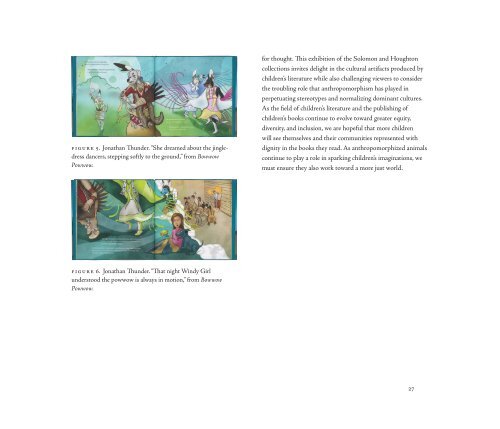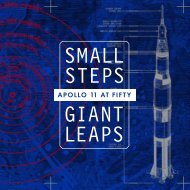Animals Are Us: Anthropomorphism in Children’s Literature; Celebrating the Peter J. Solomon Collection
Why do we tell stories to children through and about animals? Are there reasons why we shouldn’t? Animals Are Us invites explores these questions and more through influential historic examples of anthropomorphism in dialogue with contemporary books drawn from the collection of Peter J. Solomon (Harvard College Class of 1960, MBA 1963) and the holdings of Houghton Library. The exhibition invites you to engage critically with animal anthropomorphism, and delight in the artfulness of this enduring literary genre. Catalog of an exhibition on view at Houghton Library, Harvard University, September 1, 2021 - January 7, 2022.
Why do we tell stories to children through and about animals? Are there reasons why we shouldn’t? Animals Are Us invites explores these questions and more through influential historic examples of anthropomorphism in dialogue with contemporary books drawn from the collection of Peter J. Solomon (Harvard College Class of 1960, MBA 1963) and the holdings of Houghton Library. The exhibition invites you to engage critically with animal anthropomorphism, and delight in the artfulness of this enduring literary genre.
Catalog of an exhibition on view at Houghton Library, Harvard University, September 1, 2021 - January 7, 2022.
Create successful ePaper yourself
Turn your PDF publications into a flip-book with our unique Google optimized e-Paper software.
figure 5. Jonathan Thunder. “She dreamed about <strong>the</strong> j<strong>in</strong>gledress<br />
dancers, stepp<strong>in</strong>g softly to <strong>the</strong> ground,” from Bowwow<br />
Powwow.<br />
for thought. This exhibition of <strong>the</strong> <strong>Solomon</strong> and Houghton<br />
collections <strong>in</strong>vites delight <strong>in</strong> <strong>the</strong> cultural artifacts produced by<br />
children’s literature while also challeng<strong>in</strong>g viewers to consider<br />
<strong>the</strong> troubl<strong>in</strong>g role that anthropomorphism has played <strong>in</strong><br />
perpetuat<strong>in</strong>g stereotypes and normaliz<strong>in</strong>g dom<strong>in</strong>ant cultures.<br />
As <strong>the</strong> field of children’s literature and <strong>the</strong> publish<strong>in</strong>g of<br />
children’s books cont<strong>in</strong>ue to evolve toward greater equity,<br />
diversity, and <strong>in</strong>clusion, we are hopeful that more children<br />
will see <strong>the</strong>mselves and <strong>the</strong>ir communities represented with<br />
dignity <strong>in</strong> <strong>the</strong> books <strong>the</strong>y read. As anthropomorphized animals<br />
cont<strong>in</strong>ue to play a role <strong>in</strong> spark<strong>in</strong>g children’s imag<strong>in</strong>ations, we<br />
must ensure <strong>the</strong>y also work toward a more just world.<br />
figure 6. Jonathan Thunder. “That night W<strong>in</strong>dy Girl<br />
understood <strong>the</strong> powwow is always <strong>in</strong> motion,” from Bowwow<br />
Powwow.<br />
27



